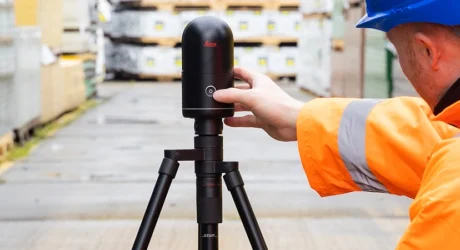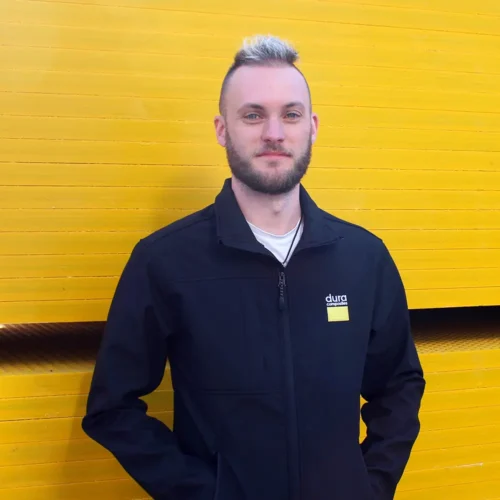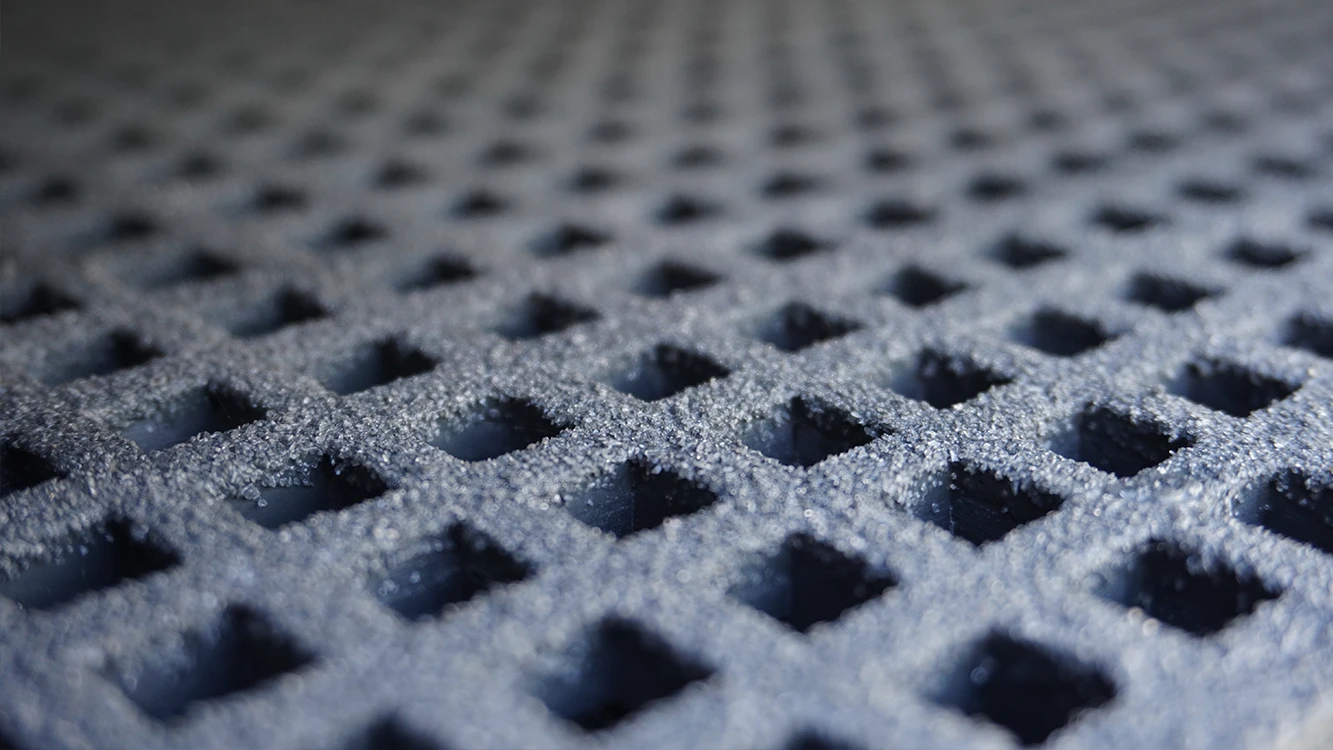Laser scanning is a way of visualising and exploring the structure, surface, fixtures or fittings of a building or asset. 3D scanners use light detection and ranging (LIDAR) to measure and record precise locations and distances to produce a point cloud file and help to capture a level of accuracy that would never be possible by hand.
Particularly useful for areas in continuous use by maintenance personnel or the general public, the scanning can be conducted without disturbing daily activities – and without the need to work at height. It’s also ideal for awkward and difficult to access viaducts as well as many other construction applications, like riser voids, roofing assessments, or planning approvals for new concepts.
Regardless of industry sector, working with the models created from laser scanning is a great way to minimise waste, in terms of both time and budget. From a project management perspective, it reduces the possibility of problems further down the line, and can be used in conjunction with other technology to allow multiple parties to collaborate on a project.











